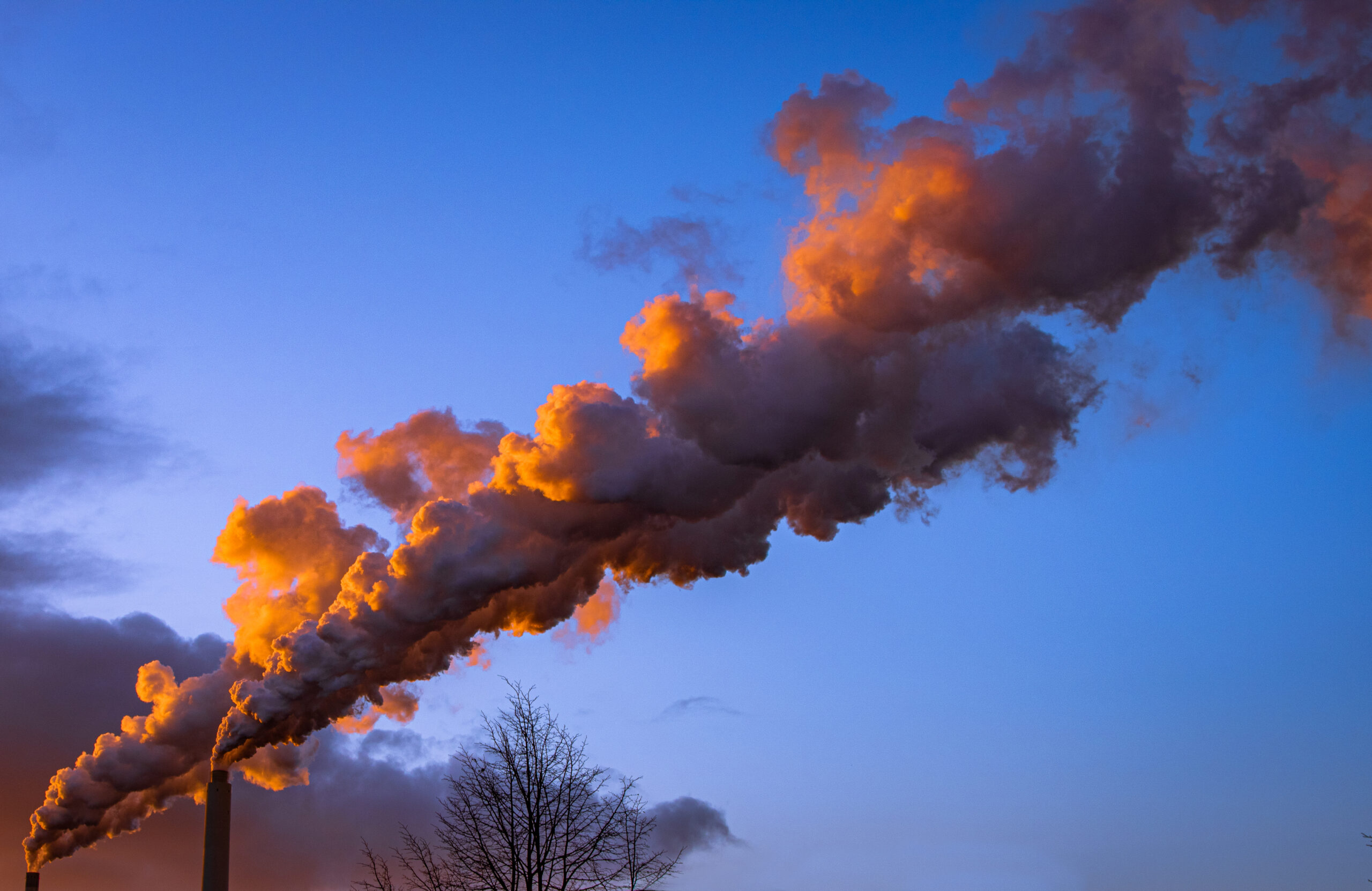Can asthma be caused by pollution?
Title: Can Asthma be Caused by Pollution?
Introduction:Asthma, a chronic respiratory condition, affects millions of people worldwide. While various factors contribute to the development of asthma, there is growing concern over the role of pollution in triggering or worsening this condition. In this blog, we will explore the relationship between asthma and pollution, delving into the effects of pollution on respiratory health and offering insights into how individuals can protect themselves.
Understanding Asthma:Asthma is a long-term lung disease characterized by airway inflammation and narrowing. It causes symptoms like coughing, wheezing, shortness of breath, and chest tightness. Allergens, such as dust mites, pollen, and pet dander, are known triggers for asthma attacks. In addition to allergens, pollution has emerged as a significant concern.
Pollution and Asthma:Air pollution, both indoor and outdoor, can play a significant role in the development and exacerbation of asthma. The pollutants that pose the greatest risk include particulate matter (PM), nitrogen dioxide (NO2), sulfur dioxide (SO2), and ozone (O3). These substances can irritate the airways, leading to inflammation and increased asthma symptoms. It is particularly problematic for individuals already diagnosed with asthma, as pollution can act as a trigger, causing frequent attacks.
The Impact of Outdoor Pollution:Outdoor pollution, stemming from vehicle emissions, industrial activities, and the burning of fossil fuels, poses a significant threat to respiratory health. The tiny particles present in polluted air can penetrate deep into the lungs, worsening respiratory conditions like asthma. Additionally, high levels of ozone can cause airway inflammation and trigger asthma symptoms.
Indoor Pollution and Asthma:Indoor pollution, often overlooked, can have a substantial impact on asthma. Common indoor pollutants include tobacco smoke, mold, volatile organic compounds (VOCs) released by household cleaners and paints, and pet dander. Exposure to these pollutants can worsen asthma symptoms and increase the risk of developing the condition, especially among children.
Protecting Yourself:While the complete elimination of pollution may be challenging, there are several measures individuals can take to minimize the impact on their respiratory health.
1. Stay informed: Keep track of air quality indexes in your area and plan outdoor activities accordingly. Avoid high-pollution areas, especially during peak pollution times.
2. Keep indoor air clean: Ensure proper ventilation, regularly clean and dust your living spaces, avoid smoking indoors, and use air purifiers to filter out pollutants.
3. Reduce exposure to allergens: Dust mites, pet dander, and mold can worsen asthma symptoms. Take steps to minimize their presence by regularly cleaning bedding, vacuuming carpets, and keeping humidity levels under control.
4. Use protective measures: When pollution levels are high, wear a mask designed to filter out fine particles. This is particularly important for those with pre-existing respiratory conditions.
5. Seek medical advice: If you suspect pollution is affecting your asthma symptoms, consult with a healthcare professional. They can provide personalized guidance and suggest appropriate treatment options.
Conclusion:While asthma has multifactorial causes, pollution undoubtedly plays a significant role in both the development and exacerbation of this condition. Understanding the link between asthma and pollution empowers individuals to take proactive steps in protecting their respiratory health. By minimizing exposure to pollution, both indoors and outdoors, we can help reduce the burden of asthma and improve overall well-being.



